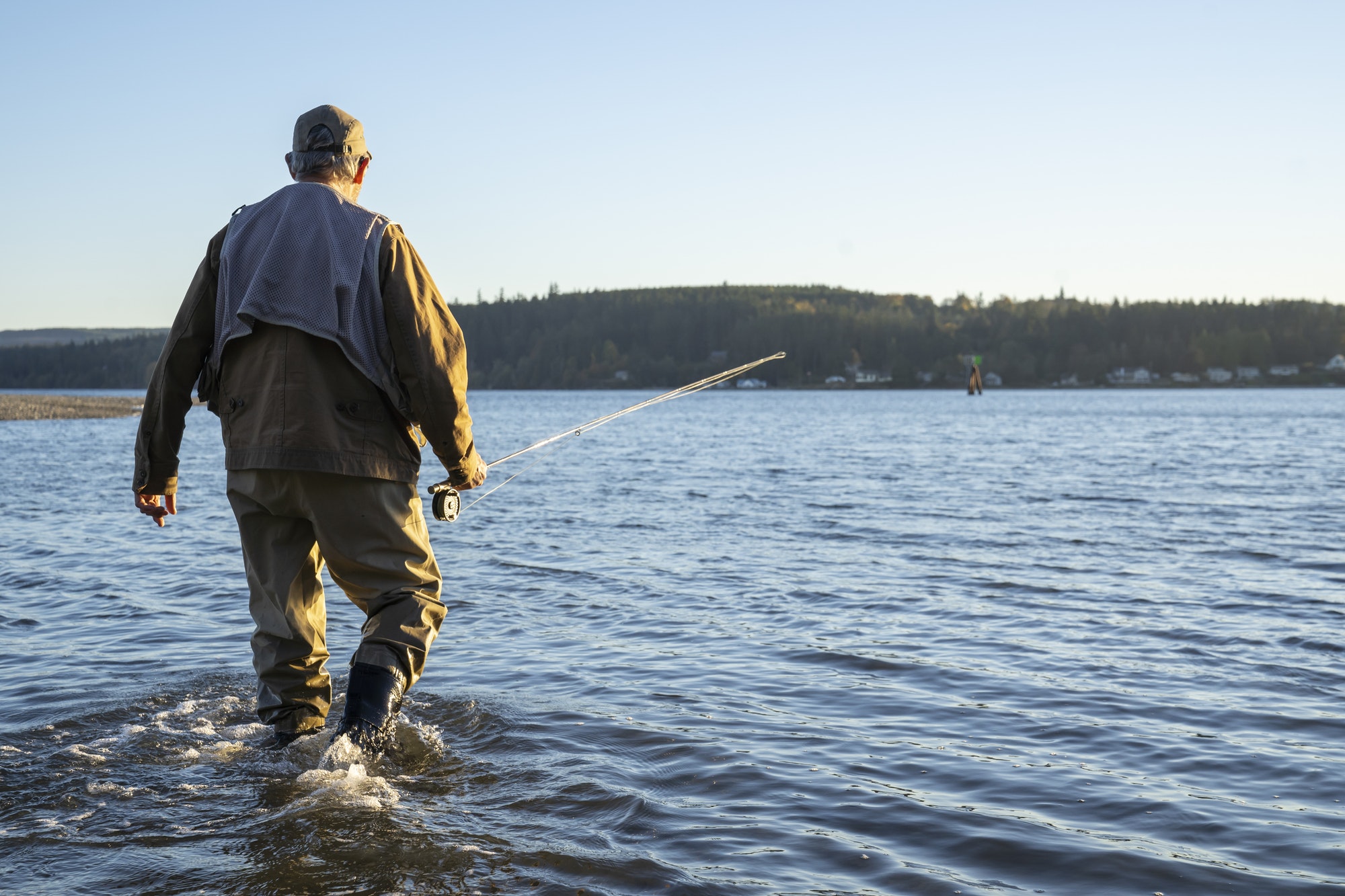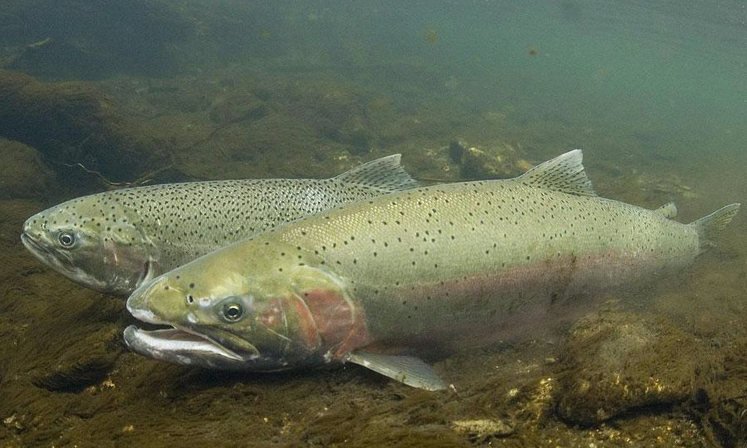
Catching them fresh, bright silvery from the ocean.
Anyone wishing to step up their fly fishing game has several avenues of upping it, including those considered significant: pursuing new game fish venues [Colorado to Costa Rica], introducing oneself to new styles of fly fishing like a 4-weight and overhead casting home water 14″ stocked rainbow trout to spey fishing the Skeena, in British Columbia or the Deschutes, in Oregon for wild anadromous steelhead.
There is only one ingredient in fly fishing that permits success and will always provide enjoyment in doing the act: Casting Well
If your casting is juvenile, you’re lost, and there are only two solutions. One quit – learn to spin fish. The second choice is to buckle down and learn to fly fish and, in doing so, expand your enjoyment of everything related to angling you thought that it was.
We, North American immigrants, evolved as fly fishers to teaching the world how to fly fish for and catch saltwater species and big freshwater fish like lake trout, pike, steelhead, Pacific salmons, carp, and more.
We inherited what the English and Europeans knew about fly fishing for brown trout and Atlantic salmon, improvised and improved on it with shorter ‘spey’ fly rods, added switch rods, and modified and improved existing fly casting techniques – principally spey casts.
Today, spey casting has new helpers, all of which, like the improved fly rods themselves, is technology.
Here is the no holds barred and entirely up to date explanation of New World spey – a video by Simon Gawesworth of RIO Products:


